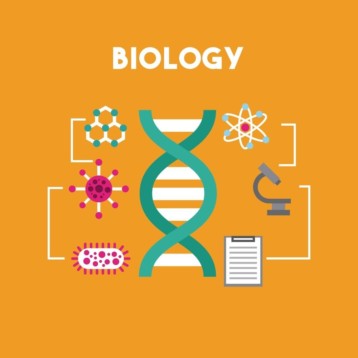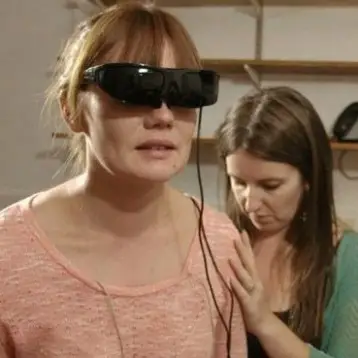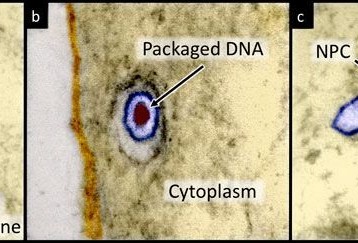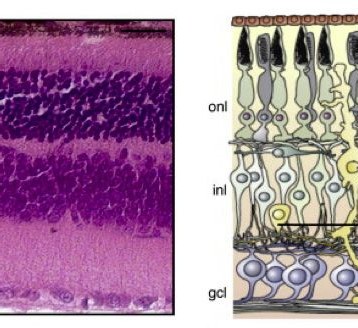Professor Masaru Tomita, Director Institute for Advanced Biosciences, in Keio University and his team were able to encode Albert Einstein’s famous “E equals MC squared” equation and “1905” the year the Nobel Prize-winning physicist published the special theory of relativity into the DNA of a living bacteria. It is believed that since the DNA of living creatures is so immense it is possible to implant information in it in a way that will not affect the creatures and might pass on to future generations.
In this way storing information inside a bacteria might prove to be a sort of “massage in a bottle” for future generations who might be able to read this data in hundred maybe even thousands of years. Since random mutations occur in the genome of living organism from time to time it is imperative that scientists will integrate some sort of error correction mechanism (such mechanisms currently exist in many optical and magnetic media today). The simplest form of error correction mechanism will be to implant the same code in several different locations in the organism DNA and compare the different segments. The problem with such simple mechanism is that after a large number of generations/mutations, all of the information might be corrupted and there will be no way to identify the correct information. If and when saving data inside DNA will become more widespread and have useful applications more advanced methods of error corrections will surly be developed.
Image: Professor Masaru Tomita showing images of parent bacteria his team used for the research at his laboratory (Credit: AP Photo/Koji Sasahara).









